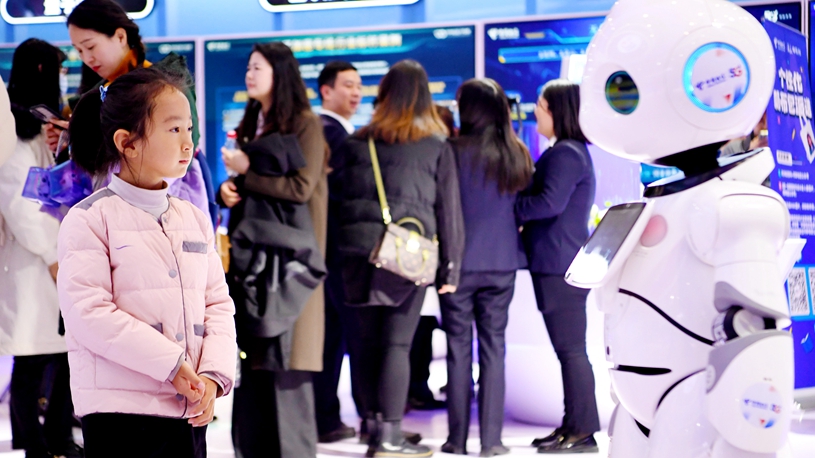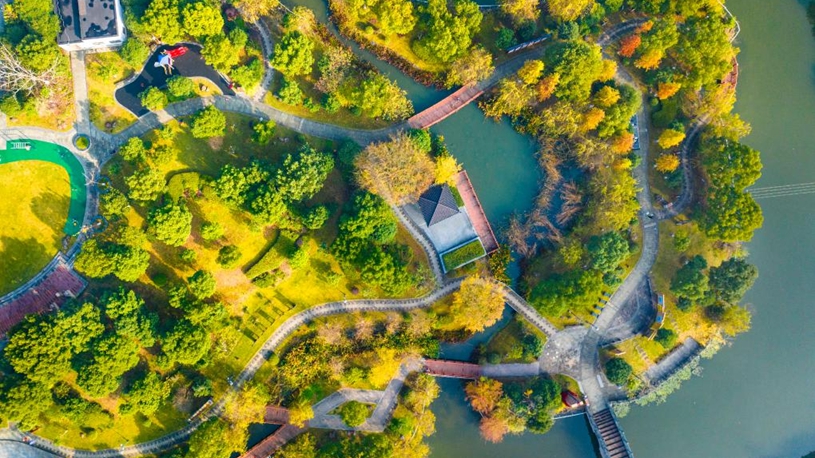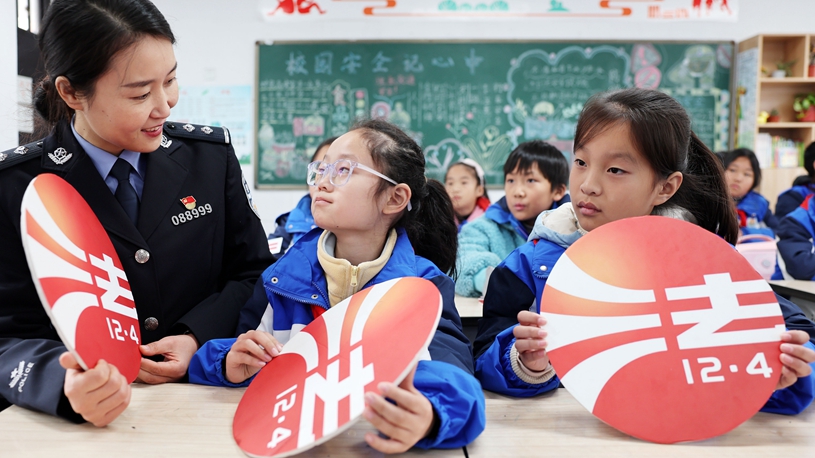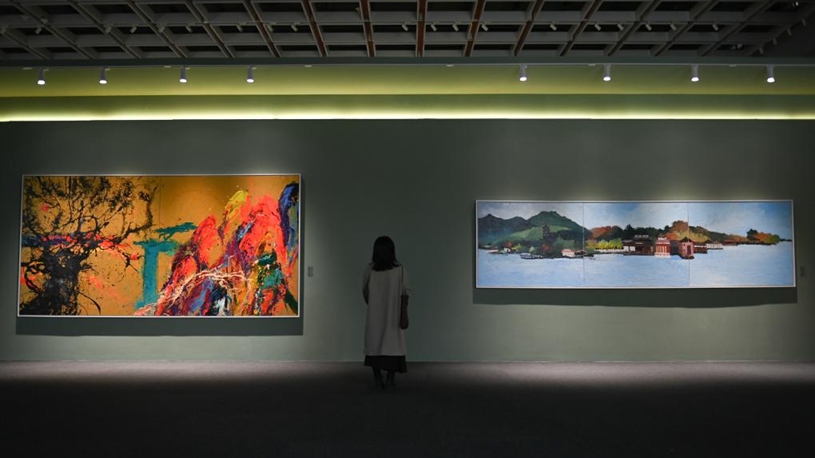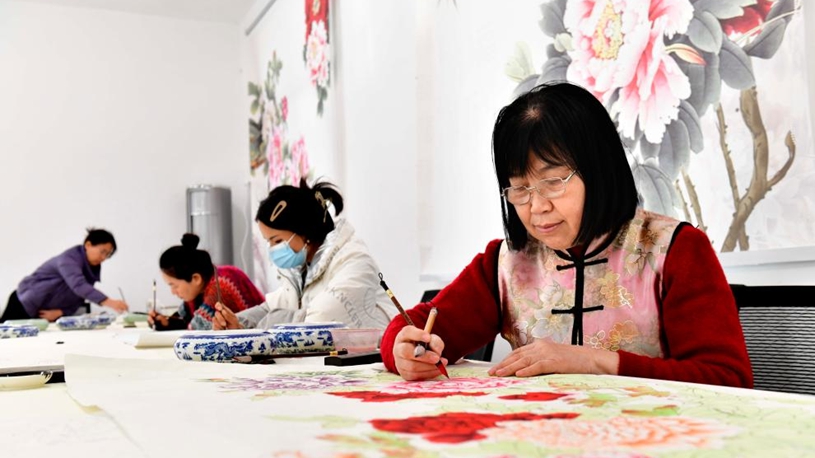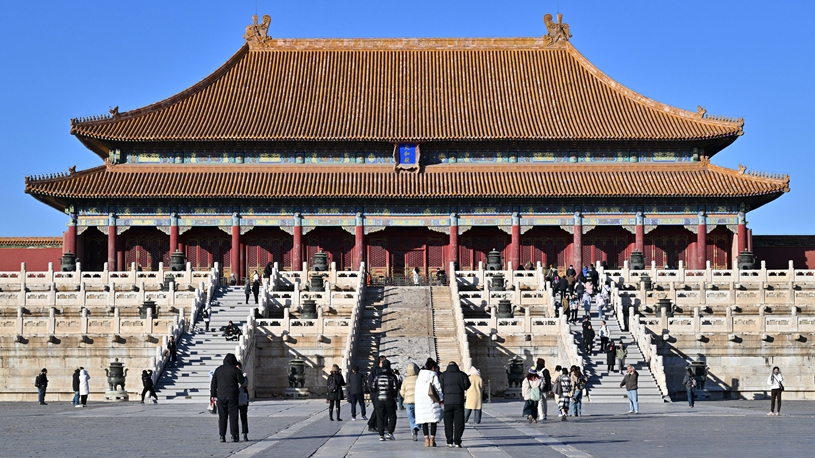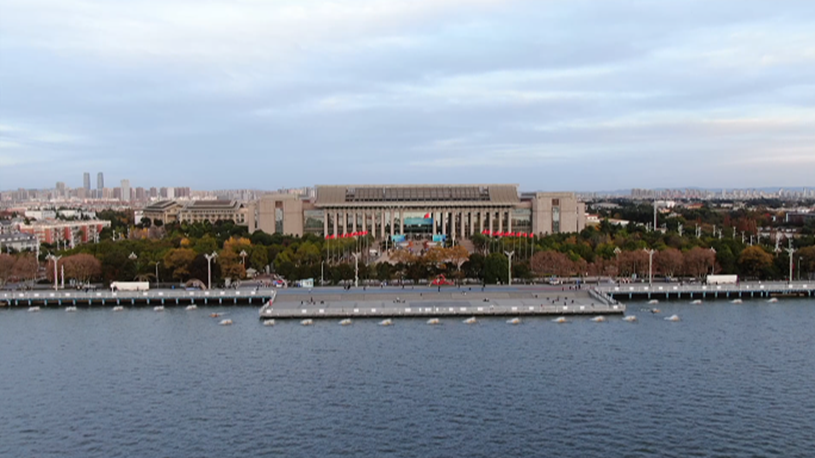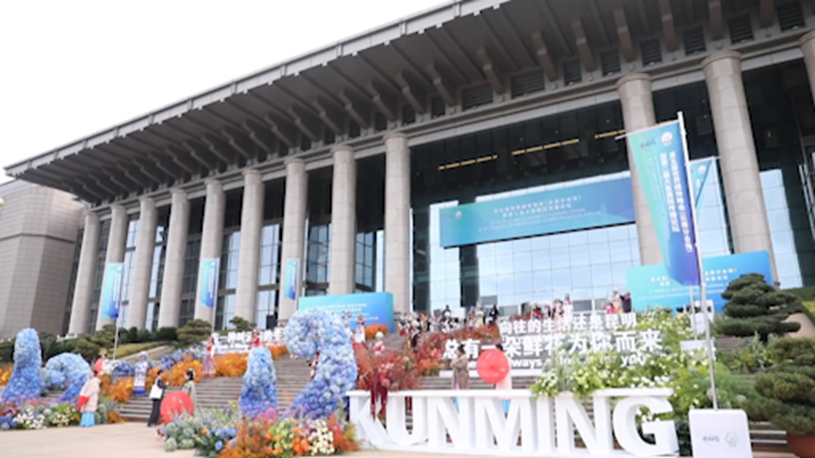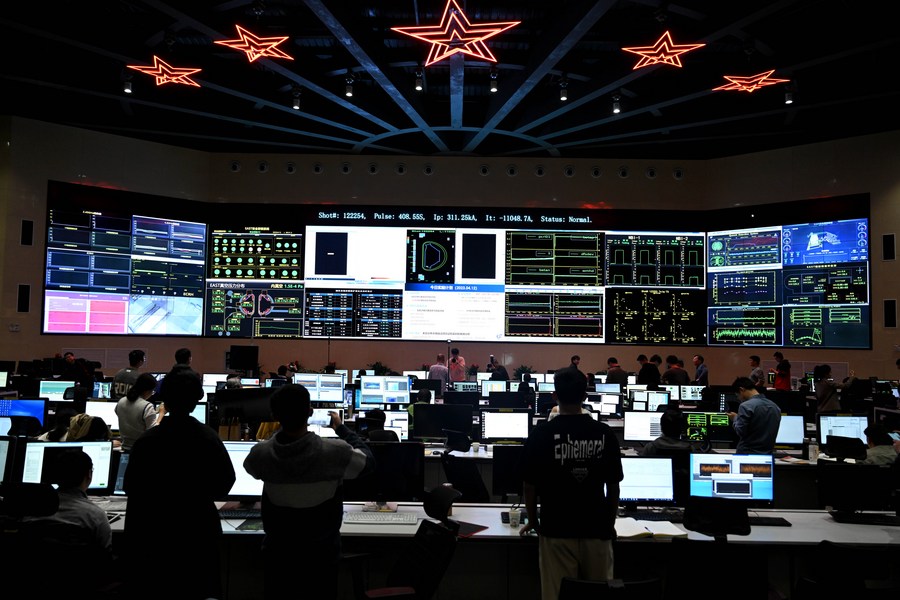
This photo taken on April 12, 2023 shows the control center of the experimental advanced superconducting tokamak (EAST) after a successful experiment in Hefei, east China's Anhui Province. (Xinhua/Huang Bohan)
HEFEI, Dec. 7 (Xinhua) -- Acknowledging China's remarkable progress in nuclear fusion research, relevant experts have expressed their expectations for more international cooperation to pave the way for a global clean energy future during an event held in east China's Anhui Province.
The 10th International Advisory Committee Meeting of EAST (the Experimental Advanced Superconducting Tokamak), held in the provincial capital Hefei from Dec. 5 to 7, attracted over 20 authoritative global experts from major international fusion experimental facilities and fusion research institutions. They gathered to discuss the progress and future directions of magnetic confinement fusion research in China.
Located in the northwest suburbs of Hefei, EAST is also known as the "Chinese artificial sun." Setting many world records in the field of nuclear fusion energy research, the facility is of great significance to improve the economy and feasibility of nuclear fusion energy, which is considered safer and cleaner, and therefore the ideal "ultimate energy" for the future of humanity.
"China now is recognized as a major international player in fusion energy," said Mohamed Abdou, professor at the University of California, Los Angeles (UCLA), adding that EAST is a famous facility contributing to global research programs, and China has also contributed to the international nuclear fusion research and engineering megaproject ITER in southern France.
Abdou said that he has enjoyed collaborating with China, and will continue to collaborate for a longer time to come.
According to the Institute of Plasma Physics under the Chinese Academy of Sciences (ASIPP), home to EAST, the institute has established stable cooperation relationships with more than 120 scientific research institutions from over 50 countries. More than half of EAST's annual experimental proposals come from its European and American partners.
Tony Donné, program manager at EUROfusion, said that he is impressed with the speed and dedication of the Chinese program. "China is really giving an example to the rest of the world."
During the three-day meeting, international experts sorted out the innovative work of the EAST team, and conducted a comprehensive analysis and evaluation of aspects such as experimental operation, device upgrades, international cooperation, and talent training.
Donné noted that Europe and China have many commonalities in fusion research, with Europe promoting the demonstration power plant, ITER's successor, and China working on the construction of the future China Fusion Engineering Test Reactor (CFETR).
"In some areas, we have very intense collaborations where we have weekly progress meetings with China," Donné said.
China's expansion of international cooperation in the field of fusion has also brought new opportunities for partner countries of the Belt and Road Initiative.
Adel Trabelsi, director general of the Tunisian National Center for Nuclear Science and Technology, said that ASIPP hosts students from Tunisia and other African countries so they can develop their capabilities, which is very important for the development of fusion technology and its peaceful application.
"We can only make fusion work if we work together," Donné said. ■

